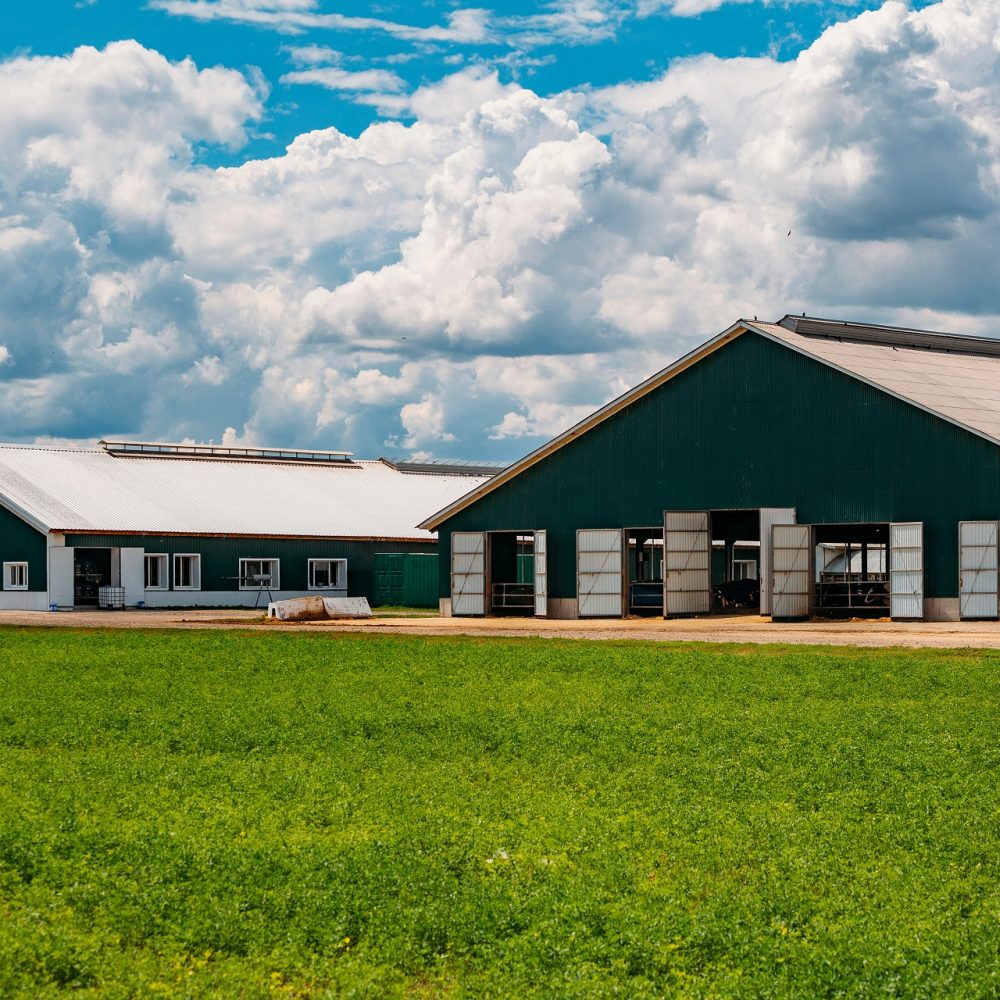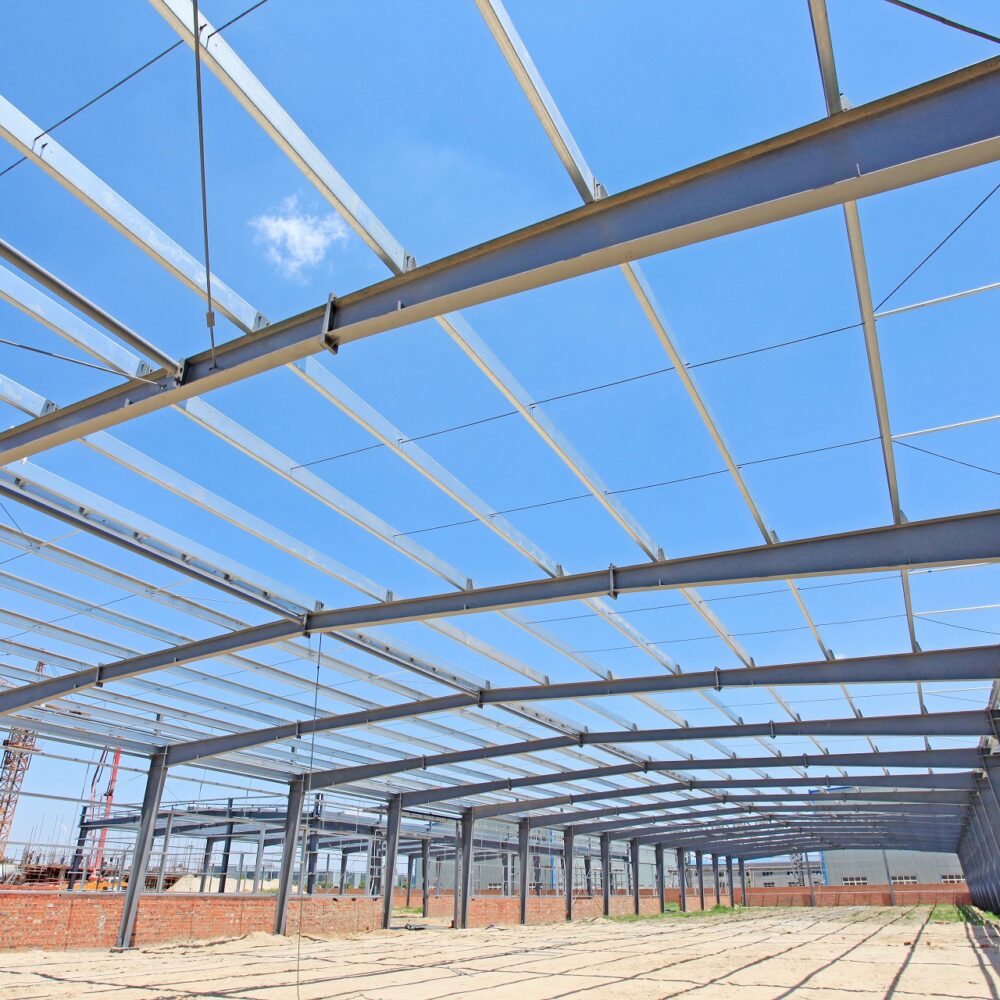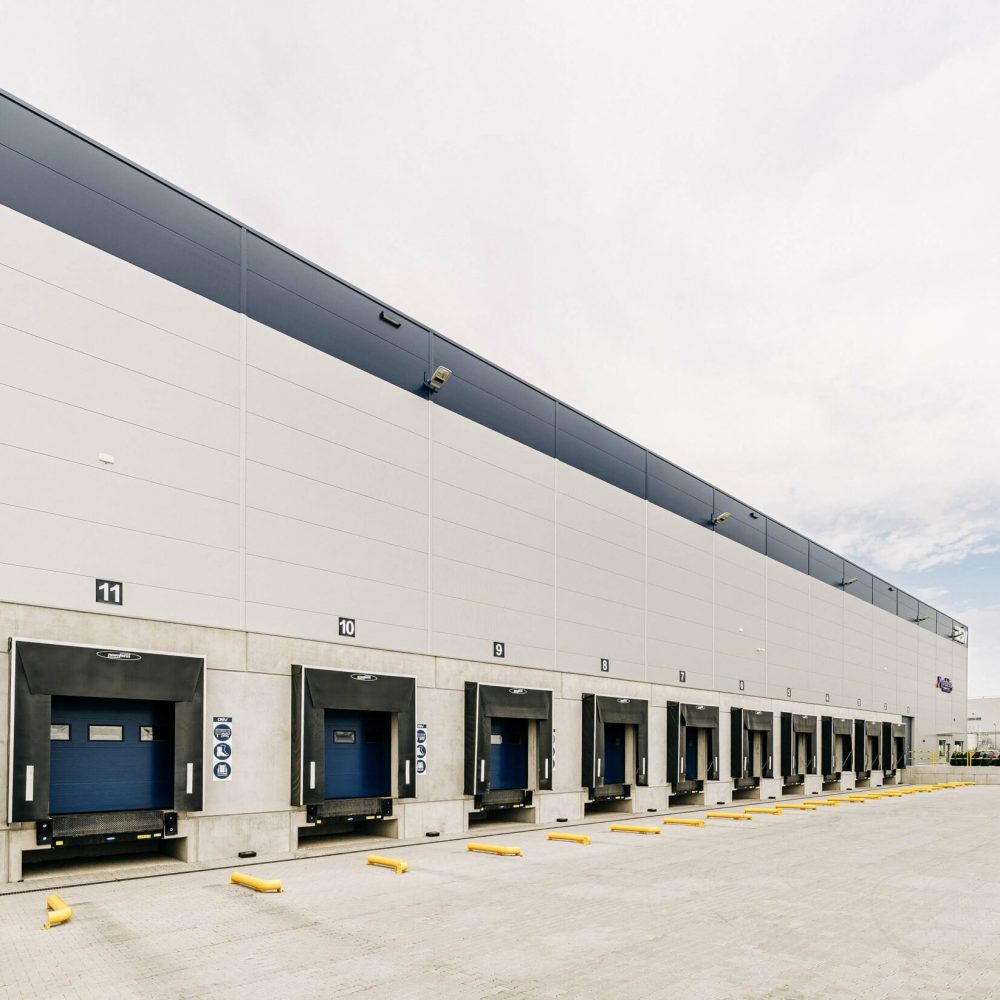
Nowadays, the terms energy-efficient building or passive building are increasingly being used to refer to newly erected structures. Energy saving trends, including energy saving in the area of industrial facility usage, are an integral part of sustainable construction. Advances in civilisation, including technology, enable more rational use of natural resources and a sense of social responsibility, together with rising energy prices, are further driving forces behind energy-efficient and passive construction. The terms energy-efficient construction and passive construction are related to the so-called primary energy required to provide heat for the heating system or to heat domestic hot water. Accordingly, an energy-efficient hall can be classified as one with an annual average of 40 kilowatt hours of energy per unit area (i.e. 40kWh/m2/year). A passive building is characterised by even more conservative energy consumption. A passive hall is the one with a consumption of less than 15kWh/m2/year. The construction of halls and, in particular, of passive halls, requires a number of design measures to minimise the loss of thermal energy from the building, the gain of natural energy by appropriate geometry and shape, but also aspects relating to the method and source of heat generation. These aspects will be discussed in the following subsections.
Halls built with passive technology
As stated in the introduction, industrial buildings can be brought up to passive building standards through a number of measures. One of these is to ensure that partitions have adequate thermal insulation to minimise heat loss. In order to ensure sufficiently high thermal insulation, it is worth opting for a cladding made of sandwich panels. Steel halls encased in sandwich panels can also be called panel halls. Panel halls in which the insulating core of the panels has the appropriate thickness provide adequate thermal insulation. Note that, in order to achieve the passive standard, the envelope must be made of layers thicker than the minimum required by the technical conditions. For example, for a standard cold hall (with a design temperature of 8°C), the cladding with PIR-core sandwich panels should be 80-100 mm and in the case of wool core 130-150 mm. The construction of passive halls requires thicker cores, for example, for a PIR core, it is advisable using a thickness of 150-200 mm and for wool over 200 mm. Similarly, the insulation of the roof should be considered, where, respectively, the standard for a cold hall is to adopt an insulation thickness of 90-100 mm, for PIR boards, or 120-140 mm for wool boards when designing a ‘standard’ hall. These thickness values should be increased accordingly when building a passive hall. A similar approach should be followed when choosing doors and windows or light strips, opting for those products with better thermal insulation. The set of measures described briefly in the paragraph reduces the energy losses of an industrial facility by contributing to a reduction in the amount of primary energy needed to heat it.
Another important aspect of passive buildings is the choice of heat source. First of all, let us have a look back at the foreword which mentions that the energy efficiency of a building depends on the amount of primary energy needed to heat the building. What is important, is that the primary energy depends not only on the heat losses (described in the previous paragraph) but also on the degree of environmental performance of the heat source/carrier and where the heat is generated. Primary energy is co-dependent on the so-called final energy determined directly from analyses associated with building physics issues, i.e. the efficiency of energy generation and heat loss. The primary energy indicator includes, in addition to the components included in the final energy indicator, a ‘w’ factor indicating the ‘environmental performance’ of the energy source. The following w-values can be quoted at a glance: the smaller the w-value, the lower the primary energy value (the greener the heat source):
- Electricity w=3.0
- Hard coal w=1.10
- Natural gas w=1.10
- Hard coal (district heating) w=1.30
- Biogas w=0.50
- Biomass w=0.20
- RES – solar, wind, geothermal w=0.00
As can be concluded, in a passive construction, it is therefore worthwhile to include as much as possible percentage in the generation of heating energy (including electricity) from renewable energy sources (RES) in order to reduce primary energy values, which in effect brings the building closer to being classified as a passive building.
Another major factor worth attention is also the obligation to take into account, in the average annual energy balance of a facility, the thermal gains resulting from the nature of its use. Sometimes the processes of an industrial facility are a major heat source, making additional heating of the facility unnecessary or contributing significantly to the energy balance during most severe frosts (January-February). Then, because of the seasonally independent generation of process heat in the facility, it becomes a problem with regard to ensuring the appropriate operating/use temperature of the facility during the summer. The need for cooling in summer is also considered in the average annual primary energy demand.
One final aspect of building to a passive standard is that, accordingly, gains from the penetration of sunlight into the building through translucent/semi-transparent partitions are included in the average annual energy balance. Adequate daylighting of the steel hall counts as an energy gain, especially during heating periods. In terms of illumination of a panel hall, the positioning of wall lights or windows as well as skylights and roof light strips can be an important issue. In the case of windows, it is not only the surface area, the degree of transparency or the number of panes in a glazing unit that plays an important role (influencing the amount of thermal energy entering the building), but also the positioning of the windows on the façades in relation to the cardinal directions. For example, in the northern hemisphere of the Earth, and thus also in Poland, the sun rays, irrespective of the time of day, always fall at an incline facing south. Thus, windows on the south wall let in more heat energy than those located on the northern side.
To conclude, the construction of passive halls is undoubtedly a trend that makes use of the most current knowledge in building physics design and construction. It also makes use of widely used and constantly upgraded technologies for the use of renewable energy sources. Passive industrial buildings constitute an increasing percentage in the total steel hall market, providing investors with significantly lower operating cost and the prospect of a long and socially responsible life of the building, and hence, a socially accountable business.



